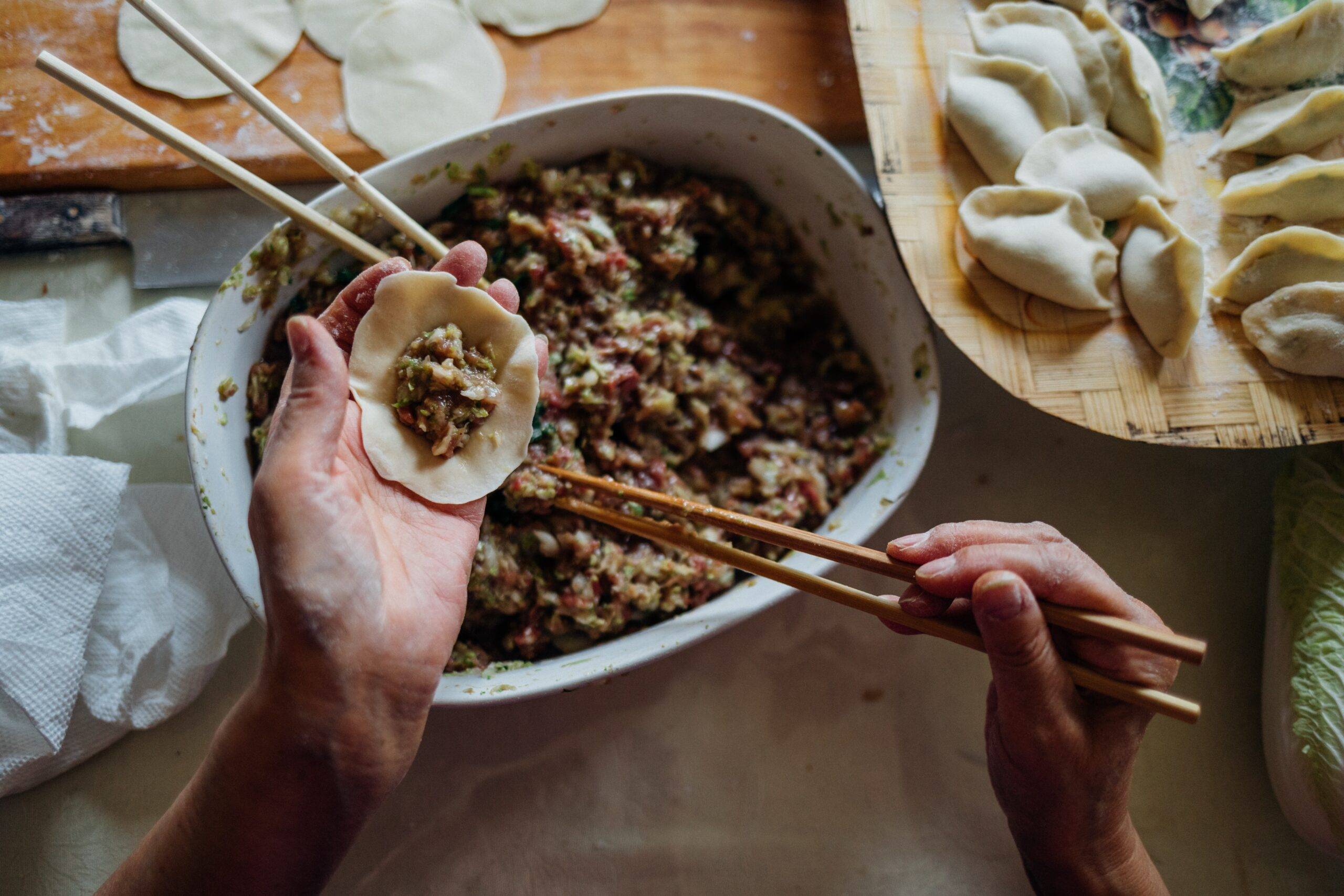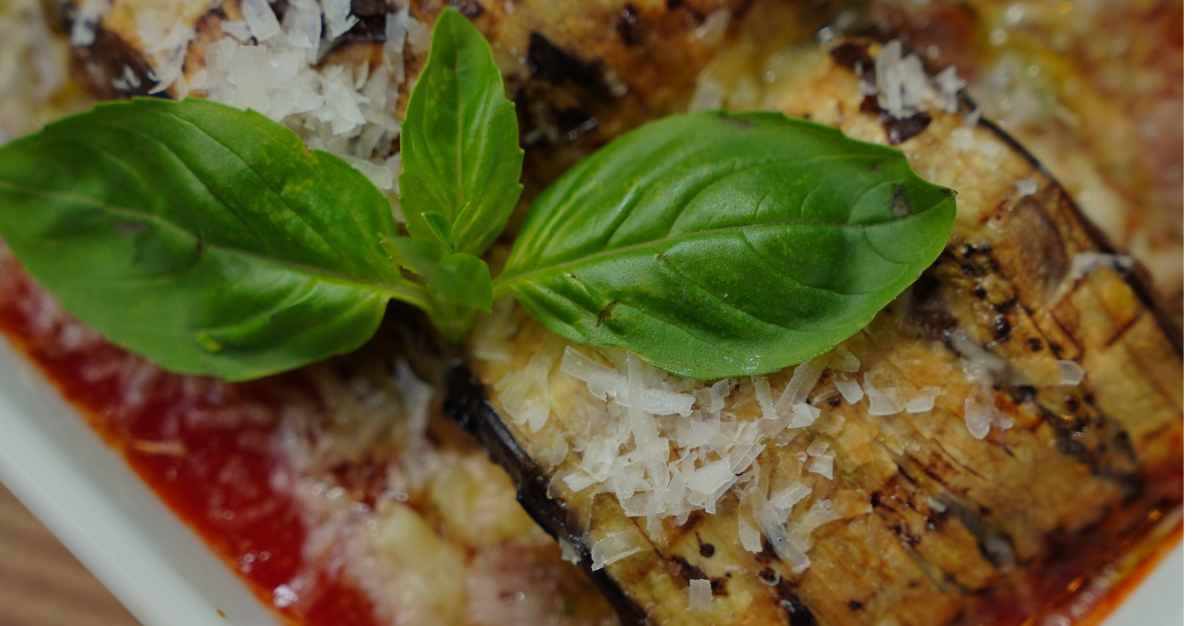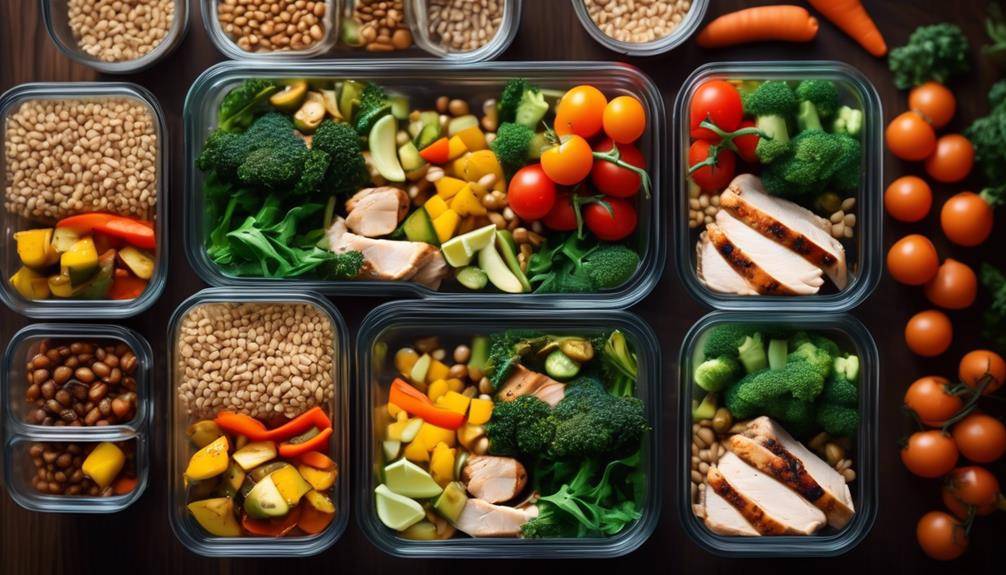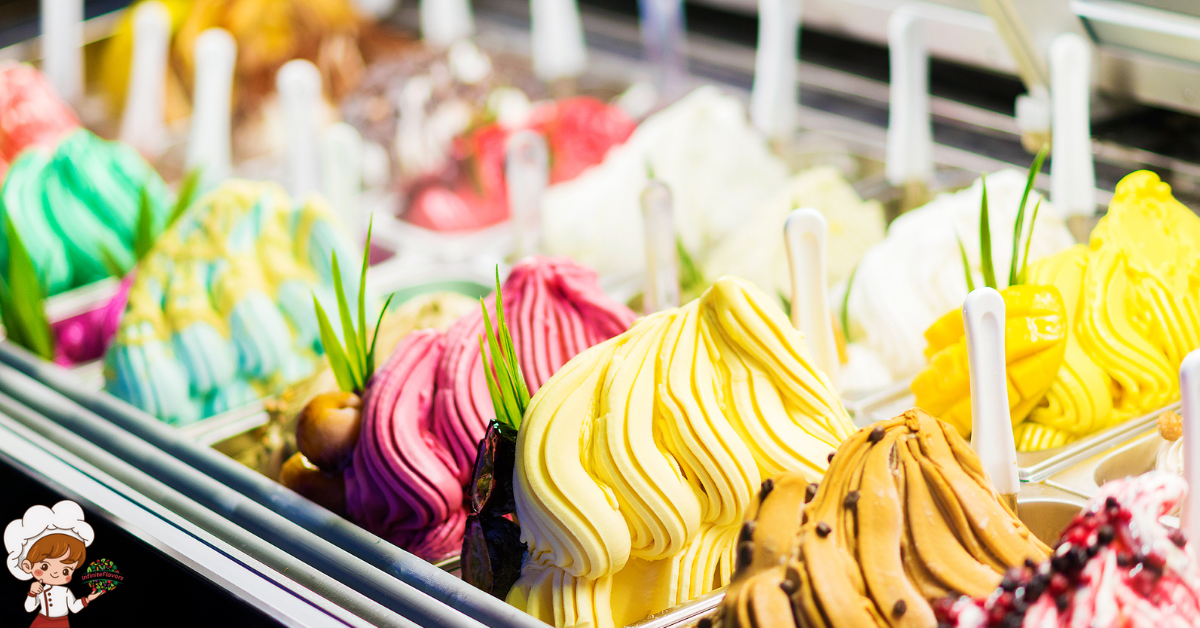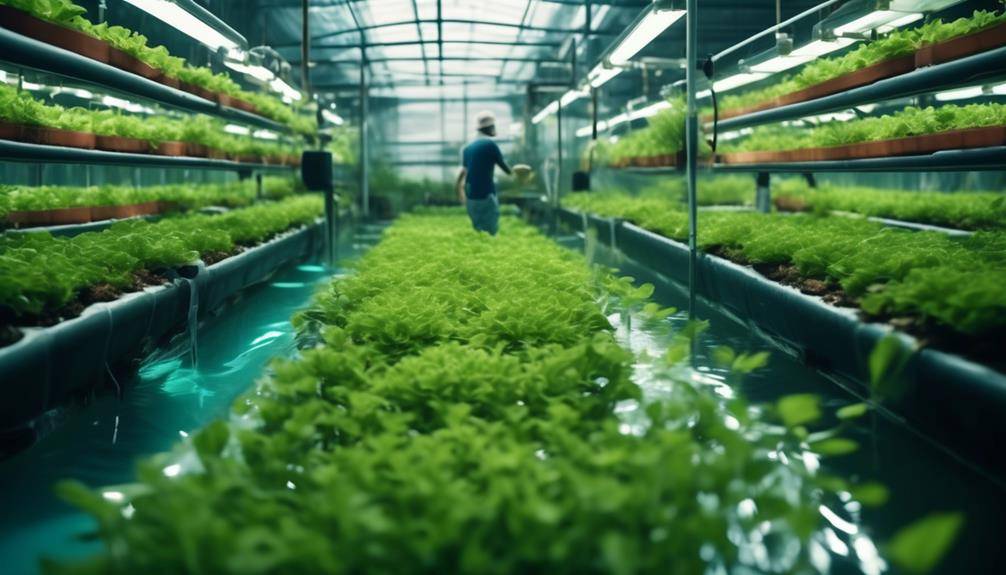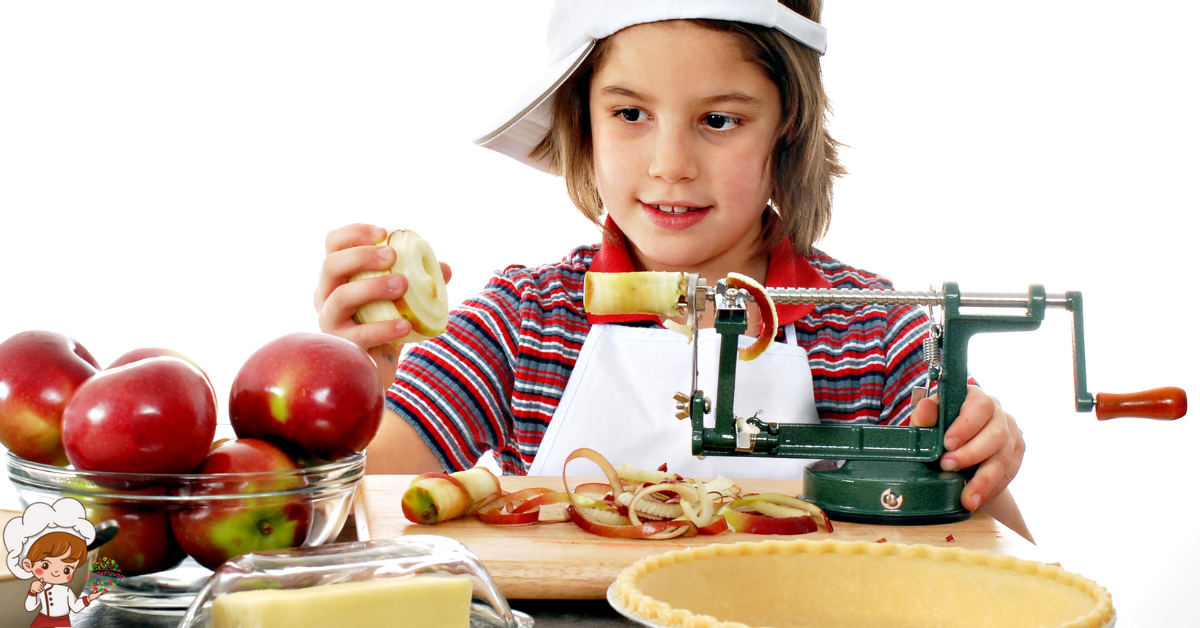Popular Peruvian Cuisine And Its Traditional Drinks
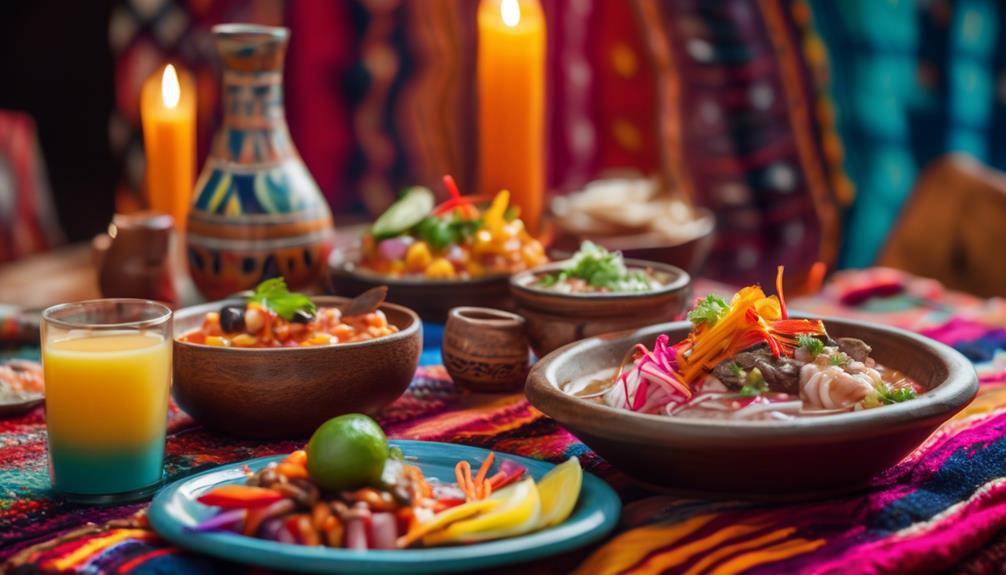
Peruvian Cuisine And Its Traditional Drinks; Imagine stepping into a bustling Peruvian marketplace, the vibrant colors of the fruits and vegetables catching your eye, the aroma of sizzling meats and spices filling the air. As you navigate through the stalls, you notice locals sipping on intriguing drinks, their glasses filled with vibrant hues that seem to whisper stories of ancient traditions.
Peruvian cuisine is a treasure trove of flavors and textures, but its traditional drinks deserve just as much attention. From the refreshing Chicha Morada to the iconic Pisco Sour, these beverages offer a glimpse into the rich culinary heritage of Peru. But there is more to discover, hidden gems waiting to be uncovered. So, are you ready to embark on a journey through the diverse and delightful world of Peruvian traditional drinks?
Influences on Peruvian Cuisine
Peruvian cuisine is a vibrant fusion of flavors and culinary traditions that have been shaped by a rich tapestry of influences from indigenous cultures, Spanish conquistadors, African slaves, and Asian immigrants. The influence of the indigenous people is evident in the use of native ingredients and traditional cooking techniques that have been passed down through generations. Spanish influences, on the other hand, can be seen in the introduction of ingredients like garlic, onions, and olive oil, as well as cooking methods such as sautéing and frying.
The indigenous people of Peru had a deep connection with the land and its bountiful resources. They cultivated crops such as potatoes, corn, quinoa, and amaranth, which are still staples in Peruvian cuisine today. They also used a variety of cooking techniques, including roasting, steaming, and boiling. These methods allowed them to enhance the natural flavors of the ingredients while preserving their nutritional value.
When the Spanish conquistadors arrived in Peru in the 16th century, they brought with them their own culinary traditions and ingredients. They introduced livestock such as cows, pigs, and chickens, which became important sources of protein in Peruvian cuisine. They also brought European spices and seasonings, like cumin, oregano, and paprika, which added new dimensions of flavor to traditional dishes.
The blending of indigenous and Spanish influences resulted in the creation of unique dishes that are now considered emblematic of Peruvian cuisine. For example, ceviche, a dish made of raw fish marinated in citrus juices, is believed to have been influenced by both indigenous methods of preserving fish and Spanish marinades. Another popular dish, lomo saltado, combines marinated beef with stir-fried vegetables, showcasing the fusion of indigenous and Spanish cooking techniques.
The History of Peruvian Gastronomy
Get ready to travel back in time and explore the fascinating history of Peruvian gastronomy. Discover the origins of Peruvian cuisine, from its ancient roots in Inca civilization to the diverse influences brought by Spanish colonization and immigrant communities. Learn about the traditional cooking techniques that have been passed down through generations, shaping Peruvian cuisine into the vibrant and flavorful culinary experience it is today.
Origins of Peruvian Cuisine
With a rich and diverse culinary heritage that spans centuries, the origins of Peruvian cuisine are a fascinating tapestry of cultural influences and historical events. Peruvian cuisine has evolved over time, blending indigenous ingredients and flavors with Spanish, African, Asian, and other international influences. The fusion of these diverse culinary traditions has given rise to a unique and vibrant gastronomy that is celebrated around the world.
Peruvian cuisine holds great cultural significance and is deeply rooted in the country’s traditions. It reflects the history, values, and identity of the Peruvian people. From the ancient Inca civilization to the Spanish conquest and subsequent waves of immigration, each era has left its mark on Peruvian food, creating a culinary legacy that is both traditional and innovative.
Influences on Peruvian Gastronomy
As we explore the influences on Peruvian gastronomy, we embark on a journey through the rich tapestry of cultural interactions and historical events that have shaped the culinary heritage of this vibrant cuisine. Peruvian beverages have been greatly influenced by various factors, resulting in a diverse range of traditional drink recipes.
- Indigenous ingredients: Native Peruvian ingredients like corn, potatoes, and quinoa have been used for centuries to create traditional beverages such as chicha morada, a sweet and refreshing purple corn drink.
- Spanish colonization: The arrival of the Spanish in Peru introduced new ingredients like grapes, which led to the development of pisco, a grape brandy that forms the basis of the famous Pisco Sour cocktail.
- African influence: The African slaves brought to Peru during the colonial period contributed to the creation of drinks like aguaymanto, a tropical fruit-based beverage with African roots.
These influences have shaped the unique and flavorful world of Peruvian beverages, adding depth and variety to the country’s culinary traditions.
Traditional Cooking Techniques
Throughout the history of Peruvian gastronomy, traditional cooking techniques have played a pivotal role in shaping the unique flavors and textures that define this vibrant cuisine. These traditional cooking methods, passed down through generations, are deeply rooted in the regional culinary traditions of Peru. One such technique is the use of a clay oven, known as a “huatia,” which imparts a smoky and earthy flavor to dishes.
Another technique is “ajiaco,” a slow-cooking method that combines different ingredients to create a rich and hearty stew. Additionally, “ceviche,” a popular Peruvian dish, relies on the process of marinating raw fish in citrus juices to create a refreshing and flavorful result. These traditional cooking techniques not only showcase the diversity of Peru’s culinary heritage but also highlight the ingenuity and creativity of its people in the kitchen.
Staple Ingredients in Peruvian Dishes
When it comes to Peruvian cuisine, there are certain ingredients that you simply can’t miss. From the rich and flavorful Aji Amarillo pepper to the versatile quinoa and the hearty potatoes, these ingredients are the backbone of Peruvian dishes. They bring a unique taste and texture to the table, making Peruvian cuisine truly distinctive.
Popular Peruvian Ingredients
Peruvian cuisine showcases an array of popular ingredients that form the foundation of traditional dishes, enticing the taste buds with their unique flavors and textures. These staple ingredients are the key to creating the authentic taste of Peruvian cuisine. Here are three popular Peruvian ingredients that you must try:
- Aji Amarillo: This vibrant yellow chili pepper adds a spicy kick to Peruvian dishes. Its fruity and slightly sweet flavor is a staple in sauces, stews, and ceviche. It is a must-have for those who love bold and fiery flavors.
- Quinoa: Known as the “mother grain” in Peru, quinoa is a nutrient-rich superfood. It is used in a variety of dishes, such as soups, salads, and even desserts. With its delicate texture and nutty flavor, quinoa adds a healthy and wholesome element to any meal.
- Purple Corn: This unique ingredient is used to make chicha morada, a traditional Peruvian drink. The deep purple color comes from the corn’s natural pigments, which also give it a sweet and slightly floral taste. Chicha morada is not only refreshing but also packed with antioxidants.
These popular Peruvian ingredients are the backbone of traditional dishes, elevating them to new heights of flavor and authenticity. So, don’t miss the chance to experience the gastronomic wonders of Peru by trying these incredible ingredients.
Essential Elements in Peruvian Cuisine
Immerse yourself in the vibrant flavors of Peruvian cuisine by exploring the essential elements that make up the backbone of traditional dishes. Peruvian cuisine is a melting pot of influences, blending indigenous ingredients with Spanish, African, and Asian flavors. One of the key elements in Peruvian cuisine is the use of traditional Peruvian drinks. These drinks not only complement the dishes but also add a unique touch to the overall dining experience.
Chicha Morada, a refreshing drink made from purple corn, is a popular accompaniment to many meals. Pisco, a grape brandy, is the base for the famous Pisco Sour cocktail and is widely enjoyed throughout the country. In addition, Peruvian cuisine also relies heavily on staples like potatoes, corn, quinoa, and ají peppers, which add depth and flavor to many dishes. These essential elements combine to create the rich and diverse flavors that define Peruvian cuisine.
Traditional Peruvian Cooking Staples
To truly appreciate and delve into the world of Peruvian cuisine, it is essential to familiarize yourself with the staple ingredients that form the foundation of traditional Peruvian dishes. These ingredients have been influenced by various cultures and traditional cooking techniques, resulting in a unique culinary experience.
- Potatoes: Peru is known as the birthplace of potatoes, and there are over 3,000 different varieties grown in the country. They are used in a multitude of dishes, from the popular causa to the comforting papas a la huancaina.
- Quinoa: This ancient grain has been a staple in the Peruvian diet for thousands of years. It is used in soups, salads, and even desserts.
- Ají peppers: These vibrant and spicy peppers are a key ingredient in Peruvian cuisine, adding heat and flavor to many dishes like ceviche and rocoto relleno.
These staple ingredients not only showcase the rich influences on Peruvian cuisine but also highlight the traditional cooking techniques that have been passed down through generations.
Traditional Peruvian Cooking Techniques
Discover the rich culinary heritage of Peru as you delve into the art of traditional cooking techniques. Peruvian culinary traditions are deeply rooted in the country’s history and culture, resulting in a cuisine that is diverse and full of flavor. From the highlands of the Andes to the coastal regions, each area has its own unique cooking methods that have been passed down through generations.
One of the most iconic cooking techniques in Peruvian cuisine is “ceviche.” This dish consists of fresh raw fish or seafood marinated in citrus juices, typically lime or lemon. The acid in the citrus juice “cooks” the fish, resulting in a refreshing and tangy flavor. Another unique cooking method is “roasting on clay pots,” also known as “pachamanca.” This ancient technique involves cooking meat, potatoes, and vegetables in an underground oven lined with heated stones. The food is covered with banana leaves to create a steamy environment, resulting in tender and flavorful dishes.
Peru is also known for its use of “aji,” a hot pepper that is a staple in Peruvian cuisine. Whether it’s used in a marinade, a sauce, or as a seasoning, aji adds a spicy kick to dishes and is an integral part of Peruvian cooking. Additionally, “anticuchos” are a popular street food in Peru, consisting of skewered meat, typically beef heart, marinated in vinegar, garlic, and aji. The meat is then grilled to perfection, resulting in a smoky and tender delicacy.
As you explore the traditional cooking techniques of Peru, you will discover the intricate flavors and textures that make Peruvian cuisine so unique. From ceviche to pachamanca, each dish showcases the rich culinary traditions of the country. So grab your apron and embark on a culinary journey through the vibrant flavors of Peru.
Exploring Peruvian Street Food
Experience the vibrant flavors and bustling atmosphere of Peruvian street food as you indulge in a culinary adventure like no other. Exploring Peruvian street food allows you to immerse yourself in the heart of Peruvian cuisine, tasting unique flavors and discovering the rich street food culture that thrives in this South American country. Here are some must-try dishes and popular street food vendors to look out for:
- Ceviche: Dive into the refreshing and tangy world of ceviche, a dish that perfectly showcases the flavors of Peru. Fresh fish or seafood is marinated in lime juice and mixed with onions, chili peppers, and cilantro. The result is a light, zesty, and incredibly delicious treat that is a staple of Peruvian street food.
- Anticuchos: Sink your teeth into skewered and grilled meat, known as anticuchos, which are a popular street food item in Peru. Typically made with beef heart, these succulent and flavorful skewers are marinated in a blend of spices and grilled to perfection. They are often served with a side of potatoes or corn, adding even more depth to the dish.
- Churros: Indulge your sweet tooth with a Peruvian twist on this classic treat. Peruvian churros are made from a doughnut-like batter that is deep-fried until golden and crispy. They are then dusted with cinnamon sugar and filled with dulce de leche, creating a melt-in-your-mouth experience that will leave you craving more.
When exploring the streets of Peru, you’ll come across a myriad of street food vendors serving up these delectable dishes and many more. You’ll witness the passion and creativity of the local chefs as they prepare their specialties right before your eyes. Don’t miss the chance to try these must-try dishes and immerse yourself in the vibrant street food culture that makes Peru a food lover’s paradise.
Traditional Peruvian Drinks: The Basics
When it comes to traditional Peruvian drinks, prepare yourself for a sensory journey that will awaken your taste buds and introduce you to the vibrant flavors of this South American country. Traditional Peruvian drinks, also known as pisco-based cocktails, are a fundamental part of Peruvian culture and are enjoyed by locals and visitors alike.
One of the most popular Peruvian beverages is the Pisco Sour. Made with pisco, a grape brandy that is the national spirit of Peru, this cocktail is a perfect balance of sweet, sour, and strong. It is made by combining pisco, lime juice, simple syrup, egg white, and a few drops of bitters. The result is a refreshing and tangy drink that is sure to please your palate.
Another traditional Peruvian drink is Chicha Morada. This non-alcoholic beverage is made from purple corn, which gives it a distinct purple color. It is sweetened with pineapple, cinnamon, and cloves, and is often served over ice. Chicha Morada is not only delicious, but it is also believed to have health benefits such as promoting digestion and boosting the immune system.
If you’re looking for something with a bit more kick, try the Chicha de Jora. This fermented corn drink has been enjoyed in Peru for centuries. It has a slightly sour taste and is often consumed during celebrations and festivals. Chicha de Jora is made by cooking corn with water and allowing it to ferment for a few days. The end result is a unique and flavorful beverage that is a must-try when visiting Peru.
A Closer Look at Chicha Morada
Chicha Morada, a vibrant and aromatic traditional Peruvian drink, captivates with its distinct purple hue and enticing blend of flavors. Made from purple corn, pineapple, cinnamon, cloves, and sugar, this refreshing beverage is a popular choice among locals and tourists alike. Here’s a closer look at Chicha Morada and its variations:
- Traditional Chicha Morada: The classic recipe for Chicha Morada involves boiling purple corn with pineapple, cinnamon, and cloves, then adding sugar to sweeten the mixture. The resulting drink is a rich, fruity blend with a hint of spice, perfect for quenching your thirst on a hot day.
- Chicha Morada with Lime: Some variations of Chicha Morada include the addition of lime juice, which adds a tangy twist to the already delightful drink. The citrusy flavor pairs well with the sweetness of the purple corn and pineapple, creating a refreshing and zesty combination.
- Chicha Morada with Fruit: Another popular variation is to add chunks of fresh fruit to the Chicha Morada. Common choices include diced apples, oranges, and strawberries, which not only enhance the taste but also add a delightful texture to the drink.
In addition to its delectable taste, Chicha Morada also offers several health benefits. The purple corn used to make this beverage is rich in antioxidants, which help protect the body against harmful free radicals. Furthermore, Chicha Morada is believed to have anti-inflammatory properties and may aid in digestion.
Next time you find yourself in Peru, be sure to try a glass of Chicha Morada. Its vibrant color, unique flavors, and potential health benefits make it a must-try beverage for any adventurous food lover.
The Iconic Pisco Sour: Peru’s National Drink
As you explore the vibrant culinary landscape of Peru, one drink stands out as the epitome of national pride: the iconic Pisco Sour. This cocktail is not only a delicious blend of flavors but also a symbol of Peruvian culture and tradition. Pisco, the main ingredient in this drink, is a grape brandy that has been produced in Peru for centuries. The production process begins with the harvesting of grapes, which are then crushed and fermented to create a wine-like substance. This substance is distilled to produce Pisco, a clear and aromatic spirit that forms the base of the Pisco Sour.
The Pisco Sour is a classic cocktail that combines Pisco with lime juice, simple syrup, and egg white. The drink is shaken vigorously to create a frothy texture and then garnished with a few drops of Angostura bitters. However, there are also variations of the Pisco Sour that incorporate different ingredients. For example, the Maracuyá Sour includes passion fruit juice, adding a tropical twist to the traditional recipe. Another variation is the Chilcano de Pisco, which combines Pisco with ginger ale and lime juice, resulting in a refreshing and fizzy cocktail.
No matter the variation, the Pisco Sour is a must-try when visiting Peru. Its unique combination of flavors, from the smoothness of the Pisco to the tartness of the lime juice, makes it a truly enjoyable drink. So, as you sip on this iconic cocktail, you can appreciate the rich history and cultural significance behind every sip. Cheers to the Pisco Sour, Peru’s national drink!
Uncovering Hidden Gems: Lesser-Known Peruvian Beverages
While the Pisco Sour may be Peru’s most famous drink, there are also a plethora of lesser-known Peruvian beverages waiting to be discovered. These hidden gems offer unique flavors and are a testament to Peru’s rich culinary heritage. So, if you are a fan of exploring new tastes and experiencing different cultures through their traditional drinks, here are three lesser-known Peruvian beverages that deserve your attention:
- Chicha Morada: Made from purple corn, this vibrant and refreshing drink is a favorite among locals. It is infused with cinnamon, cloves, and pineapple, giving it a sweet and tangy flavor. Chicha Morada is often enjoyed on hot summer days, and its deep purple color adds a touch of uniqueness to any dining experience.
- Emoliente: This herbal tea is not only delicious but also boasts numerous health benefits. It is made from a blend of medicinal herbs like horsetail, linseed, and barley, mixed with lime juice and sweetened with honey or sugar. Emoliente is believed to aid digestion and boost the immune system, making it a popular choice for those seeking a natural remedy for various ailments.
- Inca Kola: Known as Peru’s “other national drink,” Inca Kola is a carbonated beverage with a distinct golden color and fruity flavor. It has been described as tasting like bubblegum or cream soda, making it a favorite among Peruvians of all ages. Inca Kola is often enjoyed as a refreshing accompaniment to traditional Peruvian dishes.
These lesser-known Peruvian beverages offer a delightful departure from the familiar, allowing you to explore the unique flavors and traditions of the country. So, the next time you find yourself in Peru or at a Peruvian restaurant, don’t hesitate to try these hidden gems and elevate your beverage experience.
Peruvian Cuisine And Its Traditional Drinks; Frequently Asked Questions
What Are Some Popular Peruvian Dishes?
You must try the famous Peruvian dishes! From ceviche to lomo saltado, Peruvian cuisine is a flavor explosion. The culinary secrets and unique cooking techniques will leave you craving more.
Can You Explain the Cultural Significance of Peruvian Cuisine?
Peruvian cuisine holds cultural significance due to its rich blend of cultural influences and historical background. Its diverse flavors and ingredients reflect the country’s history, from indigenous traditions to Spanish and Asian influences.
Are There Any Unique Cooking Techniques Used in Peruvian Cuisine?
In Peruvian cooking, you’ll discover a variety of unique techniques that have been passed down through generations. From marinating meat in pisco to using a traditional clay oven called a “horno,” Peruvian culinary traditions are rich with flavorful methods.
What Are Some Traditional Peruvian Street Foods?
Peruvian street food offers a mouthwatering array of must-try dishes from various regions. Originating from diverse cultural influences, these savory delights have evolved over time, offering a flavorful journey through Peru’s culinary heritage.
Can You Recommend Any Lesser-Known Peruvian Beverages?
Sure! When it comes to Peruvian beverages, there are some forgotten favorites and hidden gems you should try. From chicha morada, made from purple corn, to emoliente, a soothing herbal drink, the options are endless and delicious.
Conclusion
Peruvian cuisine is a vibrant and diverse culinary experience that is deeply rooted in history and tradition. From the influences of indigenous cultures to the fusion of flavors brought by immigrants, Peruvian dishes are a true reflection of the country’s rich heritage. Traditional cooking techniques and staple ingredients like quinoa, potatoes, and seafood create unique and delicious flavors. And let’s not forget about the traditional drinks! From the refreshing Chicha Morada to the iconic Pisco Sour, Peruvian beverages are a must-try for any food and drink lover.



